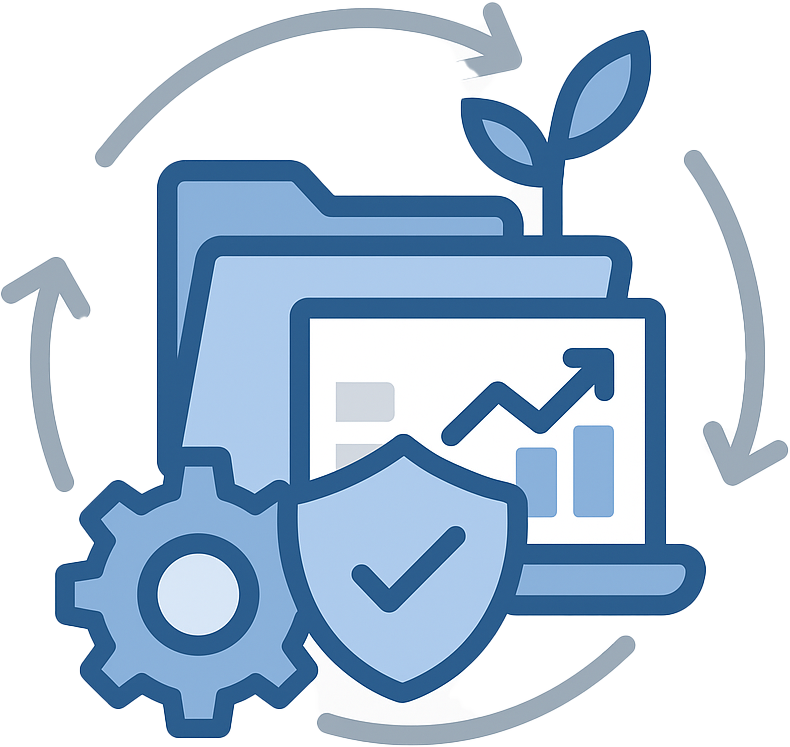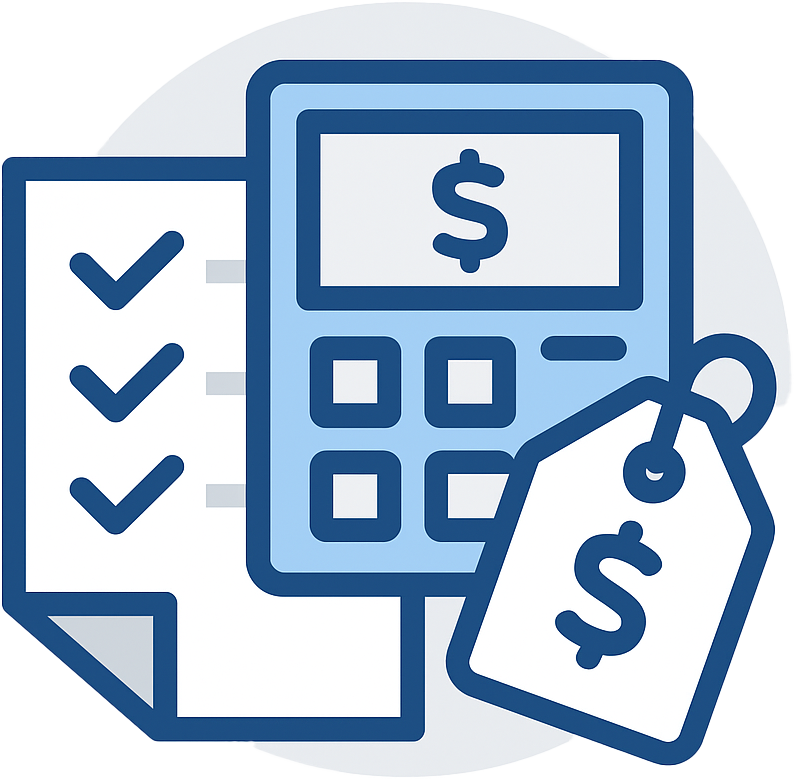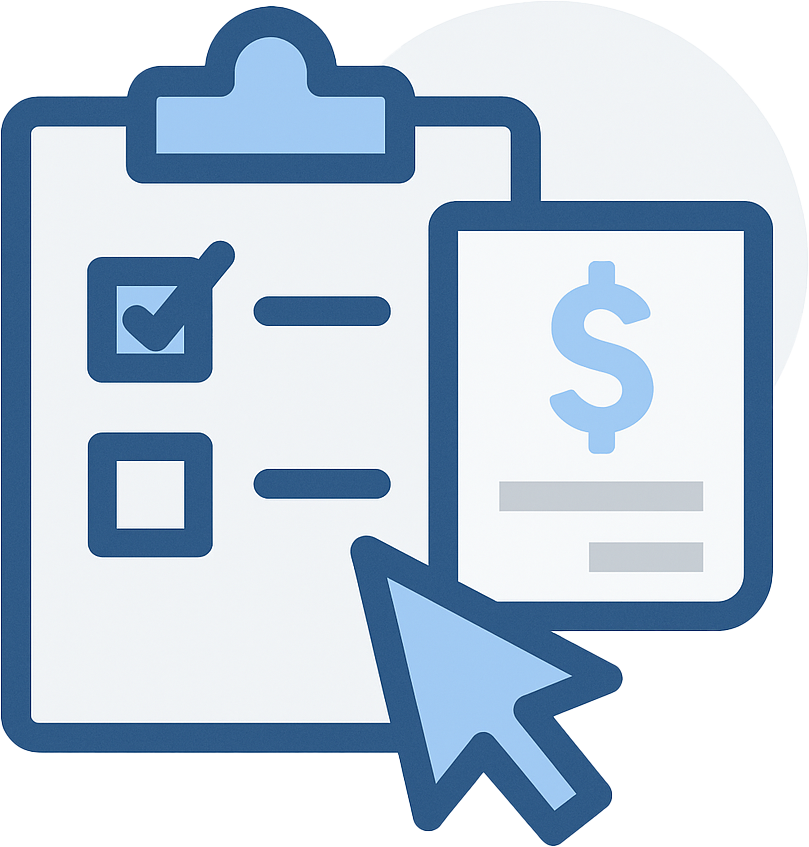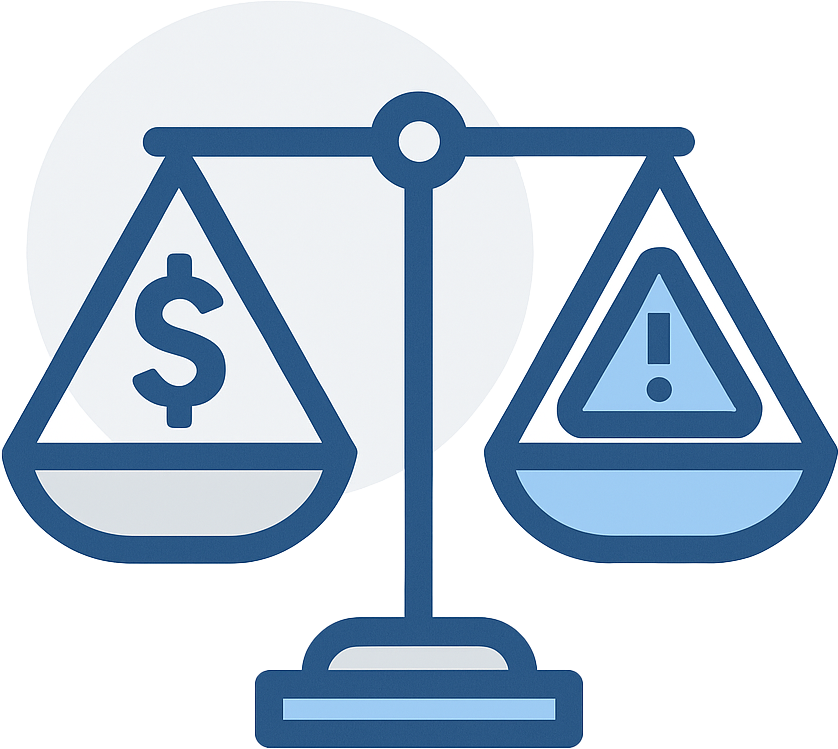Comparing Department of Transportation (DOT) and Environmental Protection Agency (EPA) Definitions of "Hazardous"
If you handle chemicals or waste, you’ve probably heard people call something “DOT hazardous” or “EPA hazardous” as if they mean the same thing. They don’t. And in the field, this misunderstanding is one of the fastest ways a facility ends up with violations they never saw coming.
At RMA, we see this constantly. Someone gets told, “Don’t worry, that’s DOT non-regulated,” and assumes it means the material isn’t hazardous at all. So it gets stored casually, tossed into the wrong container, or let sit too long. Everything seems fine until an inspector shows up or a spill happens and suddenly the facility is dealing with EPA hazardous waste violations that have nothing to do with DOT.
If you ever want us to take a look at your materials or waste streams before that happens, reach out anytime here.
Table of Contents
DOT Hazardous vs. EPA Hazardous: Two Agencies, Two Purposes
The simplest and most accurate way to understand the difference is this:
DOT regulates transportation. EPA regulates waste.
They both use the word “hazardous,” but they’re talking about completely different situations.
DOT only cares about whether a material is dangerous while it’s being shipped. EPA cares about whether something is dangerous when it’s stored, accumulated, used, or disposed of.
That’s why a material can be:
- Hazardous for DOT, but not hazardous waste for EPA
- Not regulated by DOT at all, but fully regulated as EPA hazardous waste
This is where facilities get themselves into trouble.

What “DOT Hazardous” Really Means in the Real World
DOT’s job is to keep the public safe while materials move on highways, rail, air, or water. That’s it.
If a material poses a risk during transport, DOT regulates:
- Packaging
- Labeling
- Marking
- Placarding
- Shipping papers
- Transporter training
DOT’s hazard classes include things like flammable liquids, corrosives, compressed gases, oxidizers, toxics, explosives, and so on.
A drum of new acetone is the perfect example: it’s a DOT hazardous material because it’s flammable while the truck is rolling. But once that drum is sitting in your shop, DOT steps back. Their authority ends the moment the load stops moving.
What “EPA Hazardous” Really Means Under RCRA
The Environmental Protection Agency (or EPA) does not regulate products or shipments the way the DOT does. The EPA regulates wastes, which fall under the Resource Conservation and Recovery Act (or RCRA).
Under EPA rules, a waste is hazardous if it:
- Is listed on one of EPA’s hazardous waste lists (F, K, P, U), or
- Meets a hazardous characteristic: ignitable, corrosive, reactive, or toxic
And once something becomes hazardous waste, EPA’s cradle-to-grave rules kick in. That includes:
DOT has nothing to do with any of that. And EPA rules still apply even if DOT doesn’t regulate the material at all.
Why “DOT Non-Regulated” Does NOT Mean “Safe” or “Unregulated”
This is the single biggest misunderstanding we see in facilities. When someone says something is “DOT non-regulated,” all it means is: DOT does not consider this a hazardous material while it’s being transported. That’s it.
It does NOT mean:
- It’s not hazardous
- EPA doesn’t regulate it
- It’s safe to store anywhere
- You can toss it in the trash
- You don’t need labels or accumulation limits
- You don’t need a manifest
Here are real examples we see all the time:
- Used solvent rags: DOT may not regulate them in transport. EPA may still classify them as ignitable hazardous waste.
- Spent filters: DOT treats them as ordinary cargo. EPA may consider them hazardous waste depending on what they contain.
- Oily debris: DOT doesn’t care. EPA and your state absolutely might. The vendor’s truck may not need placards, but your facility still needs proper waste management.
How State Rules Make "Hazardous" Even More Confusing
The DOT is federal agency, and their rules work the same nationwide. Easy enough.
On the other hand, while the EPA is also a federal agency, their hazardous waste rules are often enforced by states, and many states have stricter interpretations than the federal regulations. That means a material can be:
- Not regulated by DOT
- Not federally hazardous waste under EPA
- Fully hazardous waste under state law
Moral of the story: relying only on DOT classifications leaves you blind to most of your obligations. Even when you consider EPA rules alongside the DOT regualtions, you still could be missing something at the state level!

Real Violations We See When Facilities Mix Up Hazardous Definitions
Here are common problems we’ve helped facilities fix after someone relied on DOT terminology:
- Unpermitted hazardous waste storage because the waste was never labeled or managed
- Open containers because “DOT didn’t regulate it”
- Missing accumulation dates
- Hazardous waste shipped without a manifest
- Storage time limit violations
- Using the wrong containers because the facility treated waste like product
Every one of these issues started with the same bad assumption: “DOT says it’s non regulated, so we’re fine.” Nope. And check out how expensive those fines can get below!
The Bottom Line: Hazardous Means Different Things to Each Agency
DOT hazardous and EPA hazardous are not the same thing, and mixing them up is one of the quickest ways a facility ends up with violations it never saw coming. DOT cares about transportation. EPA and your state care about waste. And something can be fully regulated under one system and not the other.
If you’ve gotten this wrong before, you’re in good company. We walk into facilities every week where smart people were given bad information or left with a system that hasn’t been updated in years. Nothing shocks us anymore, and nothing is unfixable.
When we step in, we keep it simple. We look at what you actually have, how it’s used, how it’s stored, and where things really stand. Then we sort out what’s DOT, what’s EPA, what’s state-regulated, and what just needs to be cleaned up. From there, we build a clearer, safer system that your team can actually follow on a normal workday.
If any of this feels uncertain, or if you want a second set of eyes before an inspector gives you a surprise lesson in hazardous waste rules, reach out to us here. We’ll walk through it with you, get you grounded, and leave you feeling confident instead of guessing.












